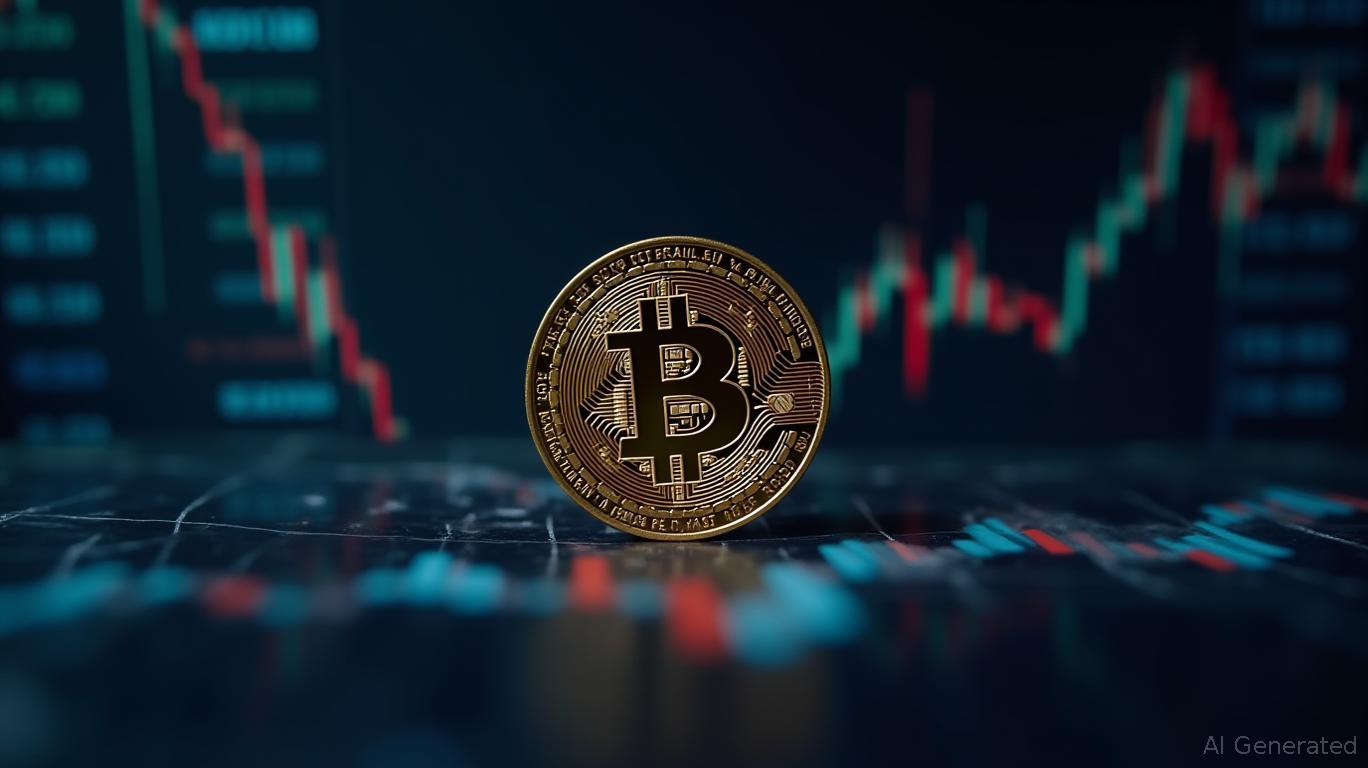Bitcoin's Correlation With Stocks Highlights Dollar Weakness
As global markets grapple with uncertainty, Bitcoin's recent movements have drawn significant attention. Traditionally viewed as a speculative asset, Bitcoin's correlation with traditional market drivers suggests a shift in investor sentiment and underlying market dynamics. This shift comes amidst growing concerns over the vulnerabilities in the U.S. dollar and stock markets.
Bitcoin's resilience during economic fluctuations has often positioned it as an alternative to traditional financial systems. Recent data indicates that Bitcoin's latest price movements are more reflective of concerns over the stability of the traditional financial ecosystem rather than a risk-on appetite among investors. The correlation between
and major stock indices, which typically rises during broader economic optimism, suggests that different factors may be at play. Analysts suggest this might indicate that Bitcoin is being perceived not merely as a high-risk investment, but as a potential hedge against fiat and market instability.The U.S. dollar, long considered the keystone of global finance, faces challenges such as inflation fears and national debt levels. Similarly, U.S. stock markets, while still attractive to global investors, have shown signs of fragility amidst ongoing geopolitical tensions and domestic policy uncertainties. These factors collectively contribute to the narrative of diversifying investments and considering alternatives such as Bitcoin, which, unlike traditional fiat currencies, has a capped supply, offering a built-in defense against inflation.
The recent correlation between Bitcoin and stocks has highlighted the underlying weakness of the U.S. dollar, rather than indicating market optimism. This phenomenon is driven by several factors, including the Euro's resilience and the dollar's decline due to weak U.S. data and expectations of Federal Reserve interest rate cuts. The Euro has shown surprising strength, benefiting from the dollar's weakness and signs of modest economic recovery within the Eurozone. This resilience has contributed to the EUR/USD pair trading near its highs, despite marginal losses on certain days.
The dollar's weakness is not a fleeting trend but a persistent one, as evidenced by its lower close compared to previous days. This trend is further supported by investor holdings data, which shows that equities are as overallocated as they were in 2007, with foreign investors under-hedged against dollar weakness. This situation is reminiscent of the 2008 financial crisis, where similar conditions prevailed.
Middle East tensions have also played a role in the dollar's weakness, with signs of softness in the U.S. economy and a cautious stance from the Federal Reserve. The Fed's outlook, coupled with the escalating tensions, has limited the upside for Bitcoin and other cryptocurrencies, keeping them rangebound.
, for instance, has broken below $2,550 due to weak sentiment dragging its momentum.The dollar's weakness has also injected support for the greenback via commodity prices, as escalating Middle East tensions have led to a broader bias toward structural dollar weakness. This has created a favorable asymmetry for Bitcoin, as fund managers are most underweight in the dollar ahead of critical events like the Fed announcement and G7 summit conclusions.
As investors increasingly consider the role of cryptocurrencies in a balanced investment portfolio, the perception of Bitcoin is gradually shifting from a speculative bet to a necessary diversification tool. The continued adoption of blockchain technologies and the growing interest in decentralized finance (DeFi) further foster a supportive environment for cryptocurrencies. Ethereum and other platforms are expanding the landscape of crypto applications, moving beyond mere currency into smart contracts, NFTs, and more, which may integrate deeper into everyday business and personal finance.
In conclusion, the integration of Bitcoin into mainstream and institutional portfolios is indicative of broader acceptance and recognition of its potential role in hedging against traditional financial system risks. As the landscape evolves, the line between digital and traditional assets may blur, ushering in a new era of finance that fundamentally alters how investors perceive risk and value in the global economy.


Comments
No comments yet